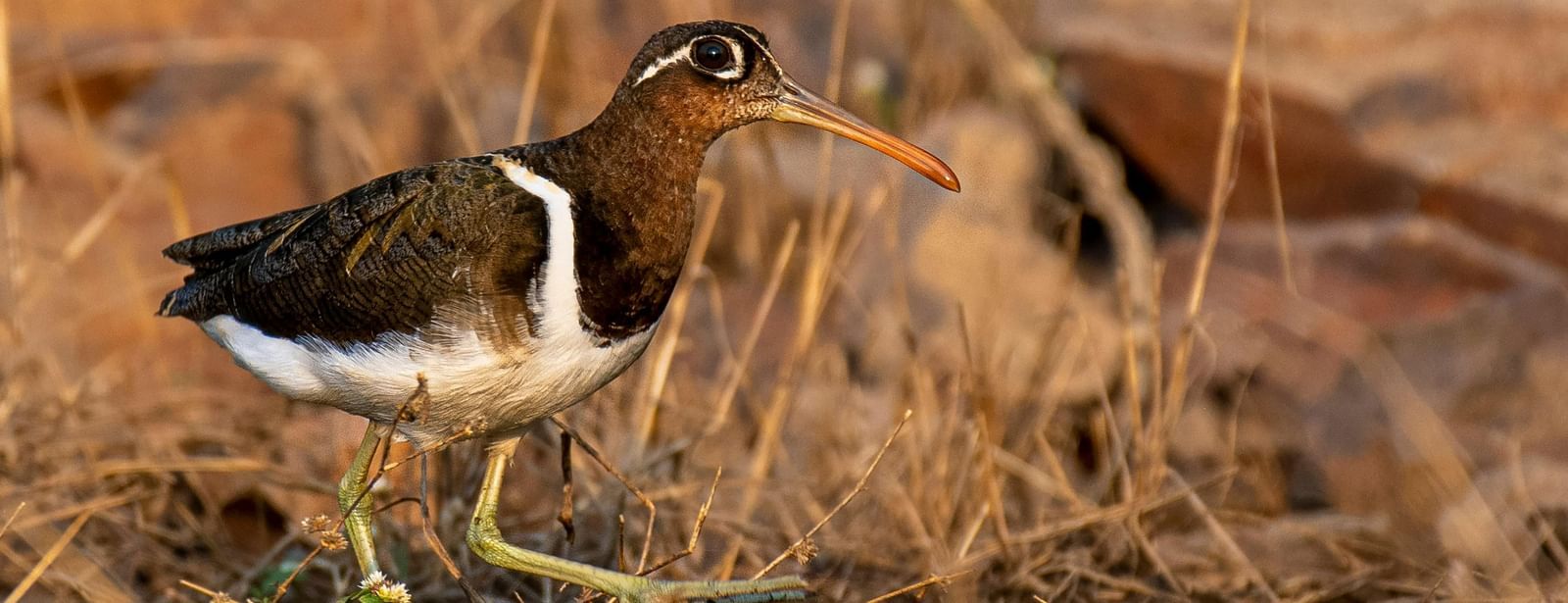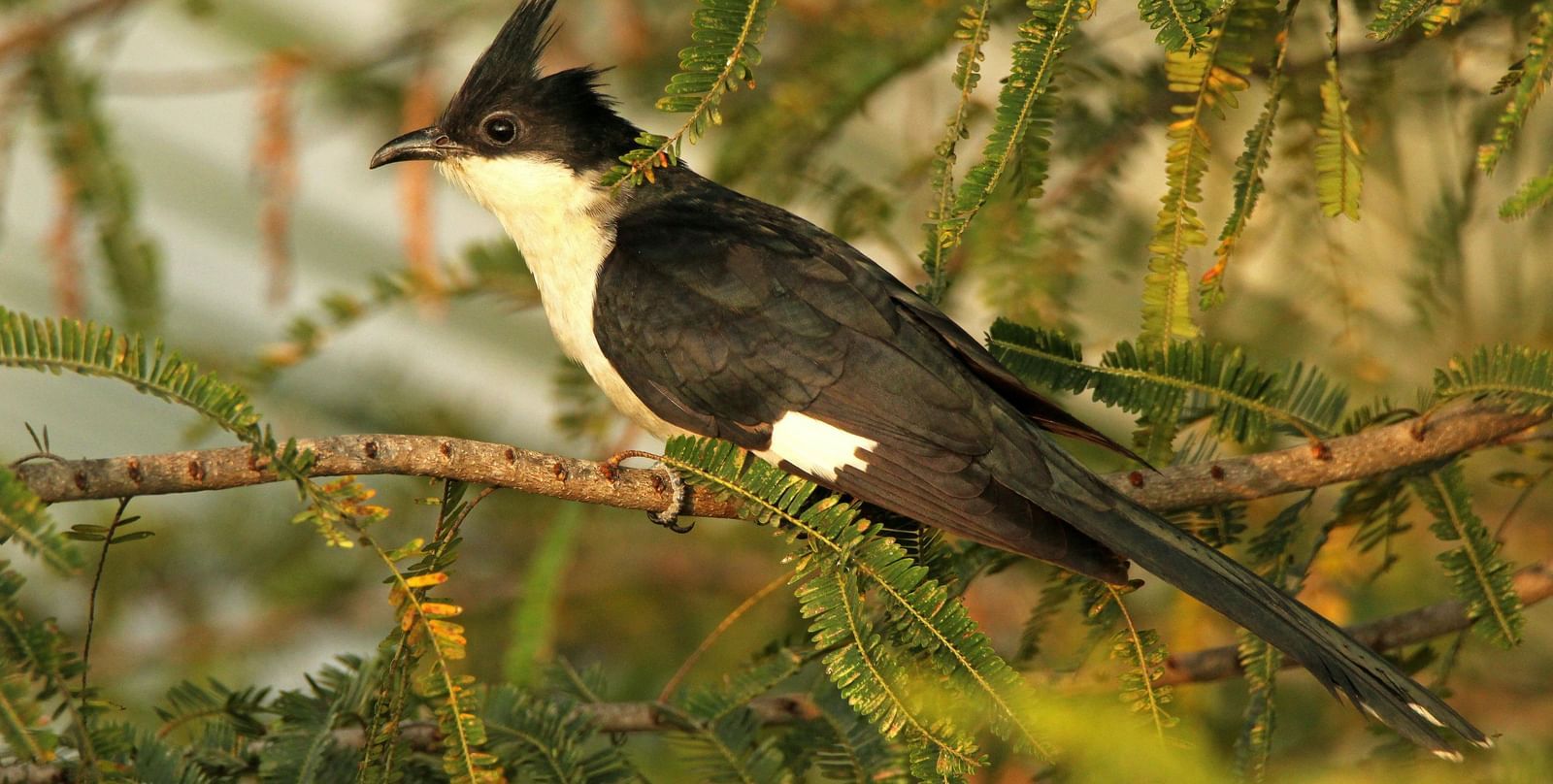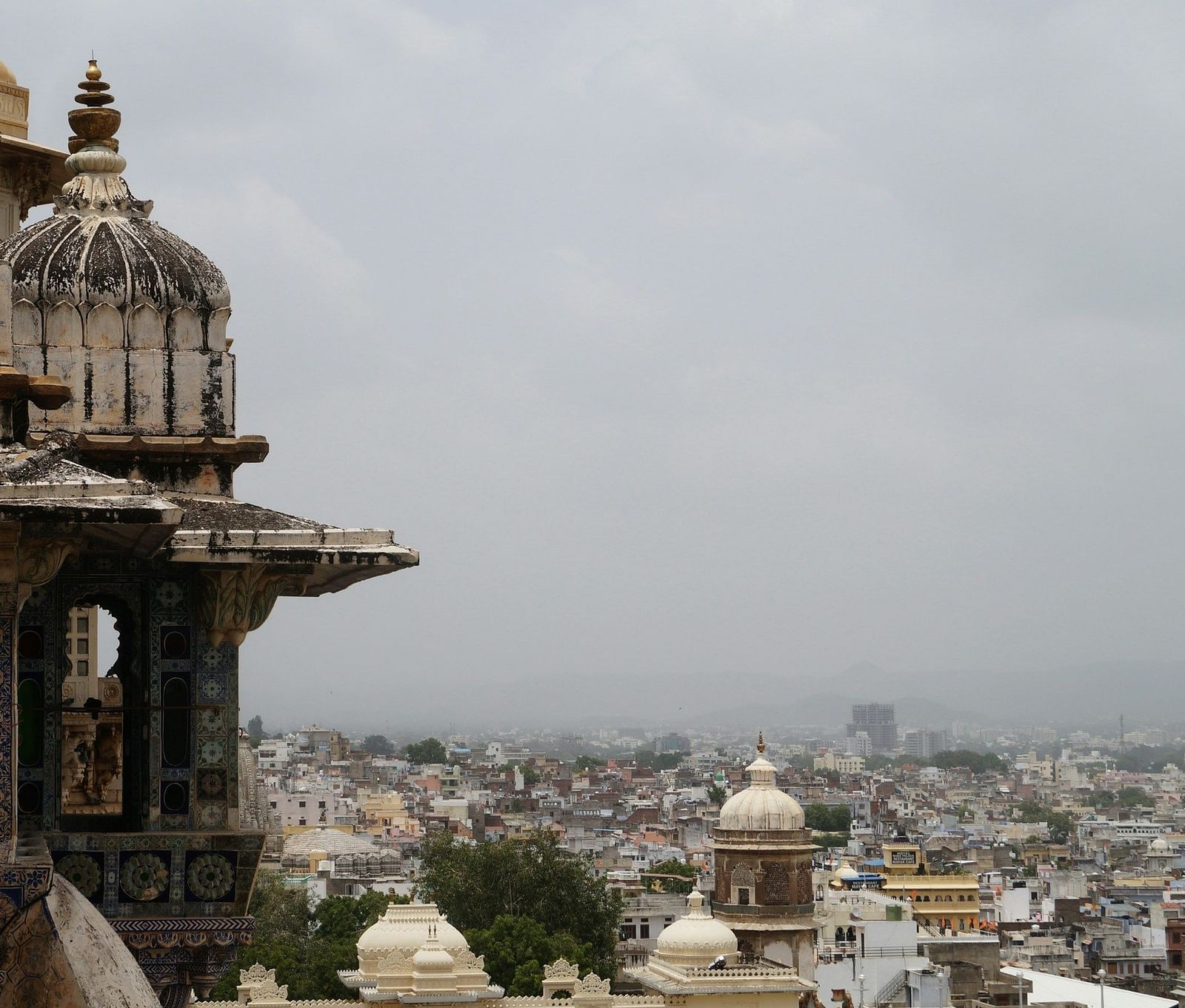
The Best Homestay in Rajasthan and seventh best in India - TripAdvisor rating of 2021.

Monsoon Birds – The Rain Messenger, The Shy Lover, and The Nine-Coloured Jewel
In Rajasthan, the monsoon is not simply a season—it is a celebration of life and renewal. The parched earth drinks deeply, the Aravalli hills turn emerald, and the air fills with the fragrance of wet soil. But the rains are never alone. They arrive with companions—winged visitors whose journeys are tied to the rhythm of the clouds. Among them, three stand out as timeless heralds of the rainy months: the Jacobin’s Cuckoo, the Greater Painted Snipe, and the Indian Pitta.
For those who travel to Rajasthan—from Delhi, Mumbai, Bangalore, Gujarat, or even London and across Europe—these monsoon months offer an enchanting spectacle of nature, history, and culture. Staying in a luxury heritage resort in Deogarh near Udaipur, guests can witness this living poetry of the monsoon while enjoying the grandeur of royal Rajasthan.
The Rain Messenger – Jacobin’s Cuckoo
Locally known as the pied crested cuckoo and in folklore as the chatak, this black-and-white beauty carries stories that blend science with legend. The chatak is said to drink only the purest raindrops, never touching water from the earth. Whether true or not, the belief is so deep-rooted that farmers still greet its arrival with joy.
In truth, the Jacobin’s Cuckoo is a remarkable migrant, flying from Africa to India just ahead of the monsoon. Its sharp, ringing call carries across the stillness before the first downpour—nature’s own announcement that the sowing season has begun.
The Shy Lover – Greater Painted Snipe
When the rains fill the low fields and quiet marshes, a secretive drama unfolds. The Greater Painted Snipe is no ordinary wader. Here, the roles are reversed—females are more brightly coloured and actively court the males. Once the eggs are laid, the male takes over, incubating and raising the chicks while the female may seek another mate.
Spotting a painted snipe is an act of patience. Hidden among reeds, its intricate plumage blends perfectly with wetland shadows. But a sudden flash of wing or a soft call can reward the watchful eye—a hidden jewel of Rajasthan’s monsoon season.
The Nine-Coloured Jewel – Indian Pitta
Just after a shower, when the forest floor is damp and alive, a small plump bird hops into view—the Indian Pitta, or Navrang. True to its name, it carries the brilliance of nine colours: emerald, turquoise, coral, black, and white, all shimmering in one compact body.
It's clear, whistling “wheet-tew” call bounces between the trees. It forages for earthworms and insects with an almost theatrical hop, disappearing as suddenly as it appeared—leaving you wondering if it was real, or a fleeting monsoon dream.
The Monsoon’s Living Poetry
Together, these birds are more than a checklist for birdwatchers—they are part of the monsoon’s living poetry in Rajasthan. They arrive on invisible schedules written by wind and rain, weaving themselves into our farming cycles, our folk songs, and our sense of seasonal change.
To witness them is to feel deeply connected—to the land, the sky, and a rhythm that has pulsed through Rajasthan for centuries. And as the rains wash over the Aravalli hills and the lakes brim with life, the calls of the cuckoo, the snipe, and the pitta remind us that the monsoon is as much about renewal and beauty as it is about water.
For travellers seeking a luxury resort near Udaipur or planning a royal destination wedding in Rajasthan, the monsoon brings not just dramatic skies and lush landscapes but also timeless stories sung by these winged messengers. Staying at Devshree, Deogarh, guests can experience both the grandeur of Rajasthan’s heritage and the intimacy of its natural rhythms—a rare balance that appeals to discerning guests from India’s metros and across Europe.




NEWSLETTER
Join our mailing list. Never miss an update!